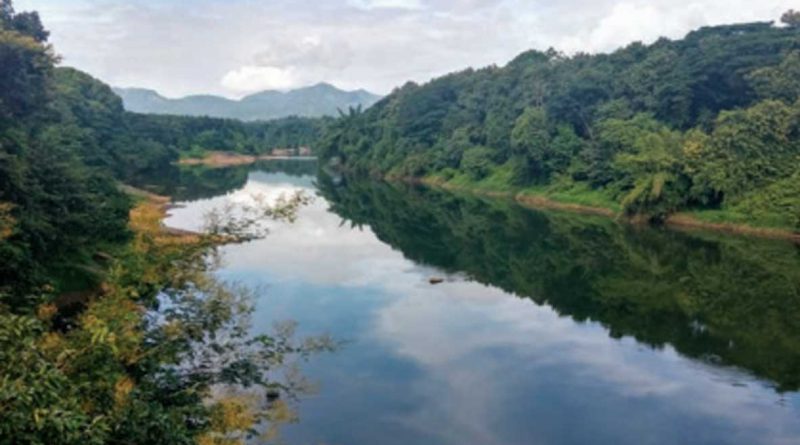Chaliyar

After Periyar, Bharathapuzha and Pamba, Chaliyar is the fourth longest river in Kerala, with a length of 169 kilometres. The rain falling over 2933 square kilometres drains to this river. Out of this, 388 square kilometres runs through Tamil Nadu. The river Chaliyar originates from Ooty at an elevation of 2067 metres above mean sea level. The river is also called as Chulika River, Nilambur River or Beypore River as it ‘embraces’ the Arabian Sea at an estuary near the historic village Chalium in Kozhikode District of Kerala.
The Portuguese constructed a fort at Chalium in the year 1530. The village is also famous for the Guinness World Records holder Mohammed Adil who covered seven kilometres in the river with his hand and legs tied with ropes. It flows through Wayanad, Malappuram and Kozhikode districts. Kallai near Kozhikode was an important centre in the world for timber business in the 19th and 20th centuries. Kallai River of forty kilometres joins the Chaliyar. The logs and timber from the Nilambur forest are tied together and rolled into Kallayi to be used in mills. Timber trading was the main business in the area engaging 20,000 labourers and handling 2,00,000 cubic metres annually. Through the Beypore harbour nearby, wood was being exported to the Arab, far Eastern and European countries. At present only 5,000 cubic metres are handled in a year.
The oldest man-made teak plantation in the world is located near Nilambur. Many tributaries join the main river in its course. The waterfalls and rapids are spectacular. Travellers love to visit major waterfalls which have a significant place on the tourism map. The globe trotters can enjoy the beauty of surrounding villages through boat trips in the river and tributaries. A view from the Kallai Bridge is a perfect spot to watch a breathtaking sunset.
Chaliar River is one of the venues for the Malabar River festival and international white water kayaking championships. The sentinel rock falls of 200 metres near Meppadi in Wayanad district offers a cliff face for rock climbing. Chaliar River is a major source of drinking water and for agriculture. Apart from that generating units of 16.6 megawatts utilise 308 million cubic metres of water.The Konnara Dargali is on the bank of Chaliyar .It is the holy resting place of a Muslim saint which hundreds of pilgrims visit regularly.
The bank of river Chaliyar in the Nilambur region is also known for its natural Goldfields.It is estimated that around 2.5 million cubic metres of gold are available in the Chaliyar bank. 0.1 gram of gold can be separated from 1 cubic metre of the ore. It is said that people used to wash and collect pure gold from the mud and sediments during the summertime.
Nestled on the banks of Chaliar is Beypore, a land wrapped in the magic of Arabian dreams! Uru also known as fat boat, a type of dhow (paikappal), is handcrafted here.Beypur urus is a symbol of Kerala’s trade relations with the Gulf countries. These are wooden sailing vessels/ships hand-crafted by skilled artisans and carpenters. They are made of premium wood. There are many centres in Kozhikode where one can buy the models of urus.


